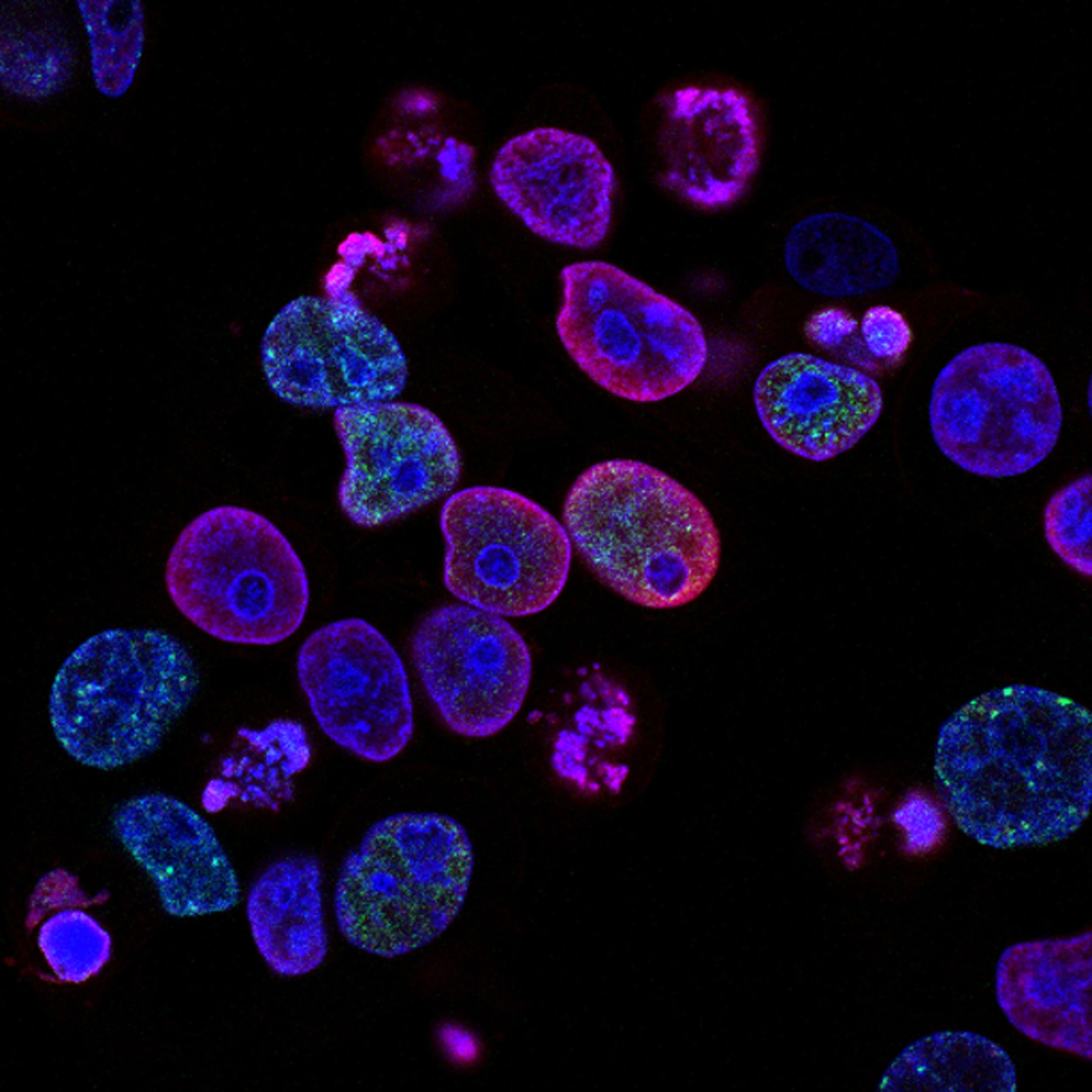
Our goal is to cure cancer
And we believe we have a good way to to do it.
IF7Cure was established in 2012 with the discovery of IF7
Surface of malignant tumor vasculature expresses Anxa1, whereas normal vasculature surface does not. IF7 specifically binds to Anxa1, and therefore intravenously injected IF7-conjugated anticancer drug is delivered to the malignant tumor.
When a malignant cancer cell is born in our body, it proliferates to form a small tumor (left). However, a small tumor can not grow larger without nutrients and oxygen. The small tumor forms a network of new blood vessels to receive nutrients and oxygen (right).
When IF7-SN38, IF7-conjugated chemotherapeutic, was injected intravenously, IF7-SN38 goes to the tumors, concentrated in the tumor, and suppressed the tumor growth. Since IF7-SN38 can pass the blood-brain barrier, this drug effectively eradicated the brain tumors in the mouse. IF7Cure will test if this strategy works in humans to eradicate malignant tumors including brain tumors.
Malignant tumors recruit the blood vessel around themselves in order to receive nutrients and oxygen to grow themselves in vivo. Actively growing new blood vessels express tumor-vasculature specific surface proteins (markers). Among many such markers, extensive studies by Jan Schnitzer's group identified Anxa1 as the most specific malignant tumor vasculature surface marker. On the other hand, we found a linear 7-mer peptide, of which sequence is IFLLWQR, bound to Anxa1.
The Science
When fluorescent-labeled IF7 was injected to colon cancer model mouse, fluorescent was found in the small vesicles in the tumor vasculature endothelial cells and then fluorescence was found in the tumor stroma. This observation suggested that IF7 binds to Anxa1 on the endothelial surface crosses the blood-brain barrier in the brain tumors by the transcytosis.
Alexa488 (green fluorescence)-labeled IF7 injected intravenously to colon tumor model mouse. Tumor section of 15 min after injection shows IF7 at the abdominal side of vasculature and that of 40 min shows IF7 in the stroma. Vasculatures were immunostained for endothelial cell marker CD31 (red).
Brain tumors are difficult to treat as chemotherapeutics injected intravenously do not penetrate to the tumor stroma due to the blood-brain barrier. We tested the efficacy of IF7-SN38 on brain tumorrs using dual tumor model mouse. Thus a mouse with subcutaneous tumor and brain tumor was treated with IF7-SN38. If this drug overcomes the blood-brain barrier, both tumors should be suppressed. The results demonstrated that IF7-SN38 suppressed brain tumors equally well as it suppressed the subcutaneous tumors.
Our Mission
Our mission is to answer the question:
Is there a way of delivering chemotherapeutics to the tumor only?
Chemotherapies are designed to kill abnormally growing cancer cells.
However, it can also kill healthy normal cells, causing side effects such as diarrhea, anemia, or hair loss. This happens because chemotherapeutic agents injected into the bloodstream travel everywhere in the body.
Also, because drugs become diluted in the bloodstream, only a small portion of any injected drug affects cancer cells, requiring injection of a large amount of drug into a patient.
We think that a small molecule that we have identified named IF7 is the answer.
When IF7 was injected into the bloodstream of a mouse, it traveled to a tumor, where it was captured by a receptor called annexin A1. Annexin A1 sits on the surface of the blood vessel wall in the blood supply that feeds malignant tumors, a network of vessels known as the tumor vasculature.
We used IF7 to target a chemotherapeutic drug to cancer cells. Our experiments in mice with tumors showed that treatment with an IF7-linked chemotherapeutic drug reduced tumor size very efficiently without producing any side effects.
Our next steps
Our next step is to test whether IF7-based chemotherapeutics can be used to treat human cancer.
To do so, we first need to assure IF7 safety in human subjects. We are therefore conducting rigorous safety tests of IF7, and will start clinical trials as soon as possible.
Could IF7 bring us one step closer to our goal?
We’re on a journey to find out. For more information, email us at info@if7cure.com


